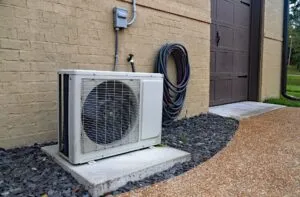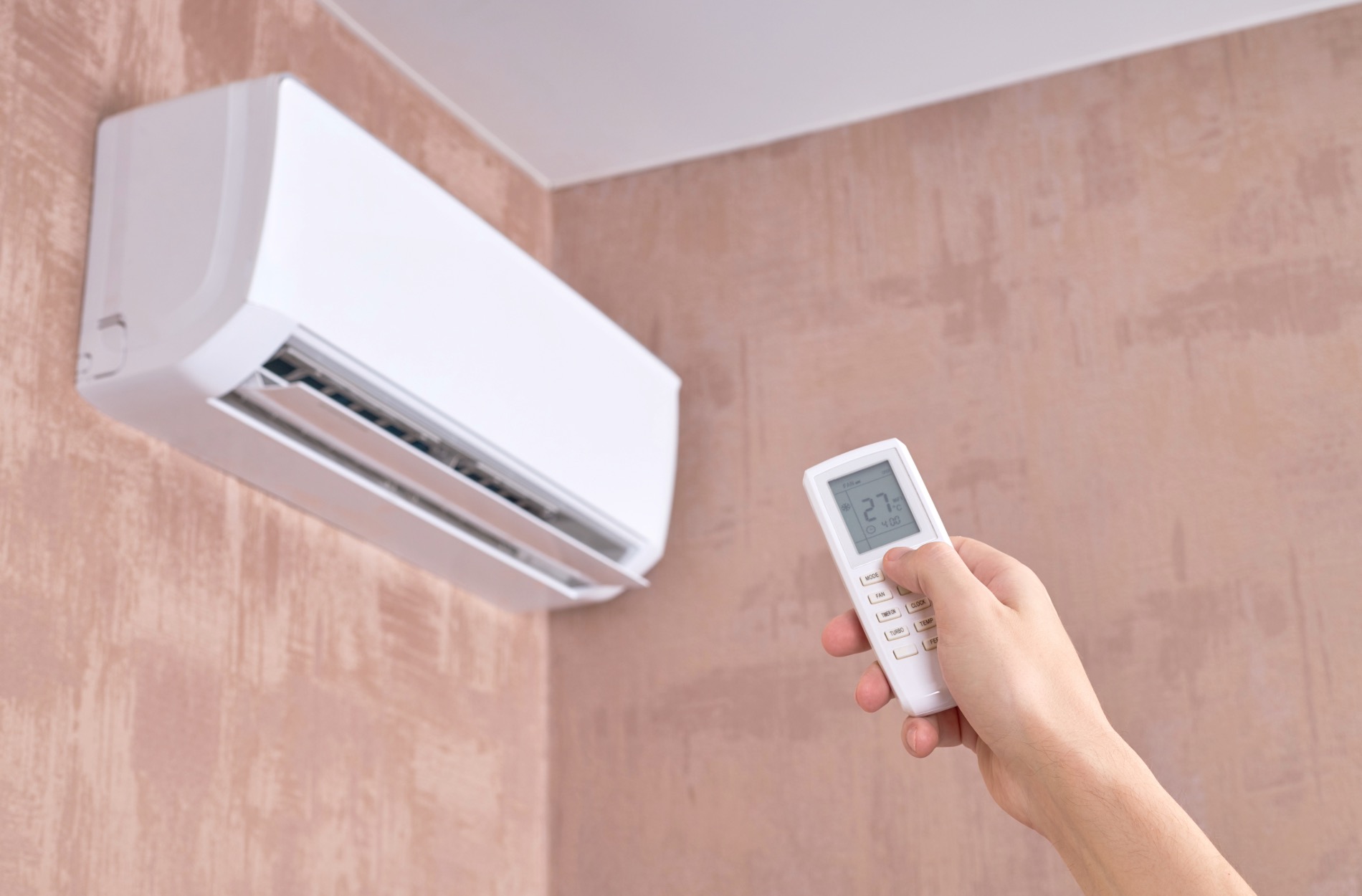Compressors are critical components in heating and cooling systems. They play a vital role in ensuring the efficient functioning of HVAC units, whether for residential, commercial, or industrial use. Among the various types of compressors, scroll and rotary compressors are common. Each has its unique design, function, and application.
Scroll compressors are often praised for their quiet operation and reliability. They use two spiral-shaped scrolls to compress air, which makes them ideal for various environments where noise is a concern. Rotary compressors, on the other hand, use rotating rollers to compress air. They are known for their simplicity and efficiency, particularly in smaller systems.
Understanding how these compressors work and the differences between them can help you make an informed decision about which type is best suited for your needs. Whether you are an HVAC professional or a homeowner looking to understand your system better, knowing the key distinctions between scroll and rotary compressors will enable you to optimize your heating and cooling solutions.
Understanding Scroll Compressors: Design and Function
Scroll compressors are widely regarded for their efficiency and quiet operation. The main components include two spiral-shaped scrolls. One scroll remains stationary, while the other moves in a circular motion, compressing the air between the two. This unique design helps reduce noise and vibration, making scroll compressors an excellent choice for residential and commercial applications.
The scroll design provides several benefits. First, it allows for continuous compression, which enhances energy efficiency. The constant contact between the scrolls eliminates the need for valves, reducing the likelihood of mechanical failure. Additionally, the simple design results in fewer moving parts, which lessens wear and tear and extends the compressor’s lifespan. Our professionals recommend scroll compressors for environments where noise reduction and reliability are essential.
These compressors are often found in various applications, ranging from air conditioners and heat pumps to large-scale industrial uses. Their ability to maintain consistent pressure levels makes them ideal for systems that require steady and reliable performance. Understanding the design and function of scroll compressors can help you determine if they are the right fit for your specific heating and cooling needs.
Understanding Rotary Compressors: Design and Function
Rotary compressors operate using a different mechanism compared to scroll compressors. They utilize rotating rollers or vanes inside a cylinder to compress air. As the rollers rotate, they trap and compress the refrigerant, pushing it through the system. This design is particularly advantageous for small to medium-sized applications, where space and cost considerations are crucial.
Rotary compressors are known for their simplicity and durability. The rotating motion creates less friction than other types of compressors, which enhances efficiency and reduces wear. Our technicians often find rotary compressors in residential units, small commercial systems, and portable air conditioning units. Their straightforward design makes them easier to maintain and repair, ensuring long-term reliability.
Several benefits make rotary compressors a popular choice. They are compact, making them suitable for smaller spaces. Their efficient operation helps reduce energy consumption, and the fewer moving parts result in less maintenance. Additionally, they tend to perform well in conditions where the demand for cooling or heating varies, providing flexible and adaptive performance. By understanding the design and function of rotary compressors, you can better assess their suitability for your specific HVAC requirements.
Key Differences Between Scroll and Rotary Compressors
The differences between scroll and rotary compressors primarily lie in their design, performance, and ideal applications. Understanding these differences can help you make an informed decision about which type suits your needs better.
1. Design and Mechanism:
- Scroll Compressors: Use two spiral scrolls to compress air. One scroll remains static while the other moves in a circular motion. This design helps reduce noise and vibration.
- Rotary Compressors: Utilize rotating rollers inside a cylinder to compress air. The simple design includes fewer moving parts, making it easier to maintain and repair.
2. Efficiency and Performance:
- Scroll Compressors: Known for their continuous compression, which enhances energy efficiency. The lack of valves reduces the chance of mechanical failure, extending the compressor’s lifespan.
- Rotary Compressors: Operate efficiently with low friction, making them suitable for variable conditions. Their compact size and efficient operation make them ideal for smaller applications.
3. Application Areas:
- Scroll Compressors: Commonly used in environments where noise reduction and reliability are essential. Suitable for residential, commercial, and some industrial applications.
- Rotary Compressors: Often found in small to medium-sized applications, including residential units, small commercial systems, and portable air conditioning units. Their compact design is ideal for limited spaces.
Choosing the Right Compressor for Your Needs
Selecting the right compressor for your HVAC system depends on various factors, including your specific needs, budget, and space constraints. Here are some considerations to help guide your decision:
1. Assess Your Environment:
- Scroll Compressors: If you require a system that operates quietly and reliably, scroll compressors are an excellent choice. They are ideal for settings where noise reduction is crucial.
- Rotary Compressors: Opt for rotary compressors if you need a compact and efficient solution for smaller spaces. Their straightforward design makes them perfect for residential and small commercial units.
2. Evaluate Efficiency and Maintenance:
- Scroll Compressors: Known for their energy efficiency and longevity. They have fewer moving parts, which reduces the need for frequent maintenance and repair.
- Rotary Compressors: Offer simplicity and durability. They are easy to maintain and repair, making them cost-effective for smaller applications.
3. Consider Cost and Budget:
- Scroll Compressors: May have a higher upfront cost but offer long-term energy savings and reliability.
- Rotary Compressors: Typically more affordable initially and suitable for those with budget constraints. They still provide efficient performance and reliability.
Conclusion
Understanding the differences between scroll and rotary compressors is essential for selecting the right type for your HVAC system. Each has its advantages and specific applications. Scroll compressors offer quiet operation and reliability, making them suitable for various environments. Rotary compressors, with their compact design and efficiency, are ideal for smaller spaces and budget-conscious users.
Whether you are a homeowner or an HVAC professional, knowing these distinctions will help you choose the appropriate compressor for your ductless air conditioning in Los Angeles. Contact us at Dr. Ductless Heating & Cooling for expert advice and service. Our professionals are here to help you make the best decision for your comfort and efficiency needs!




